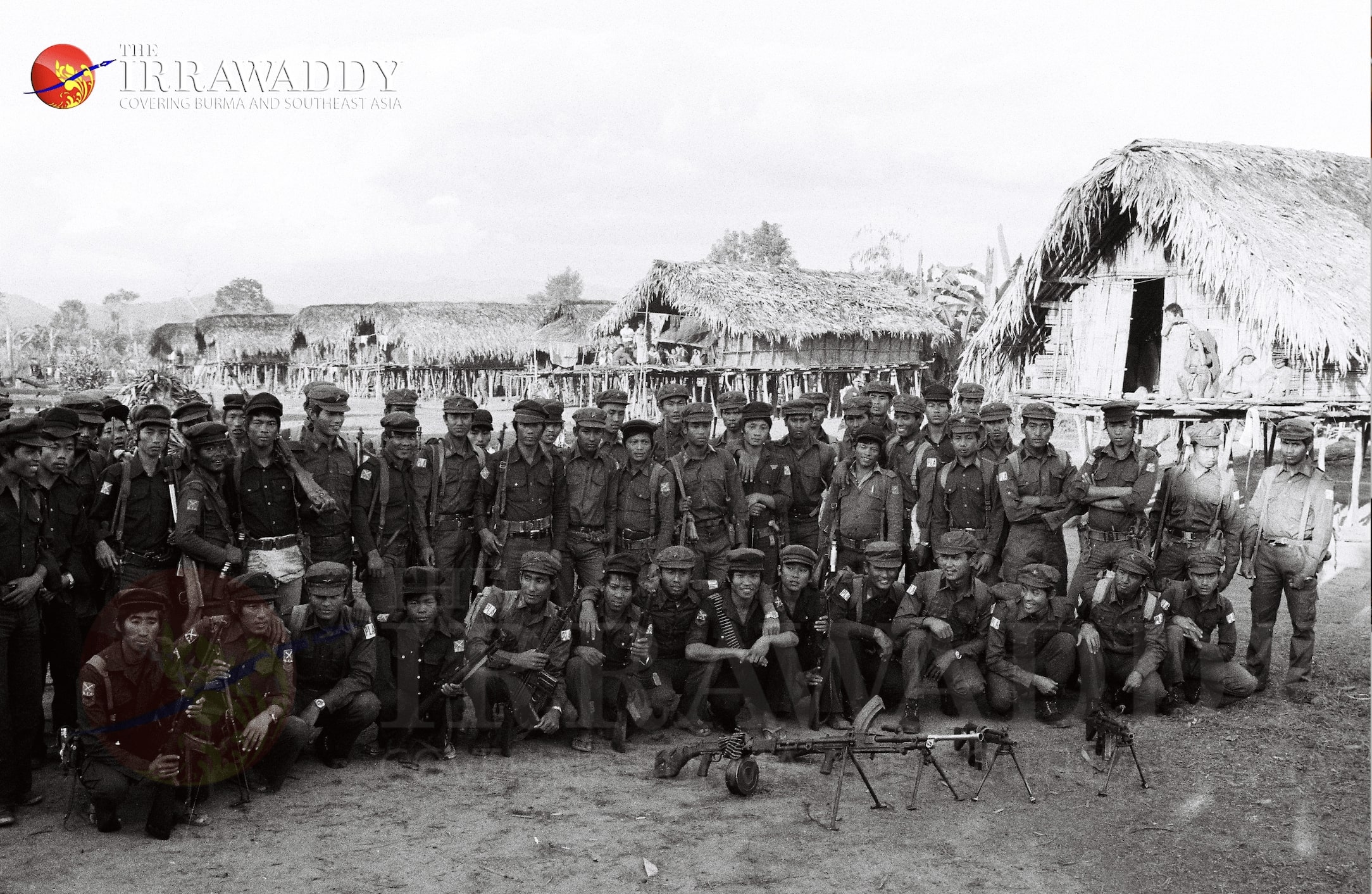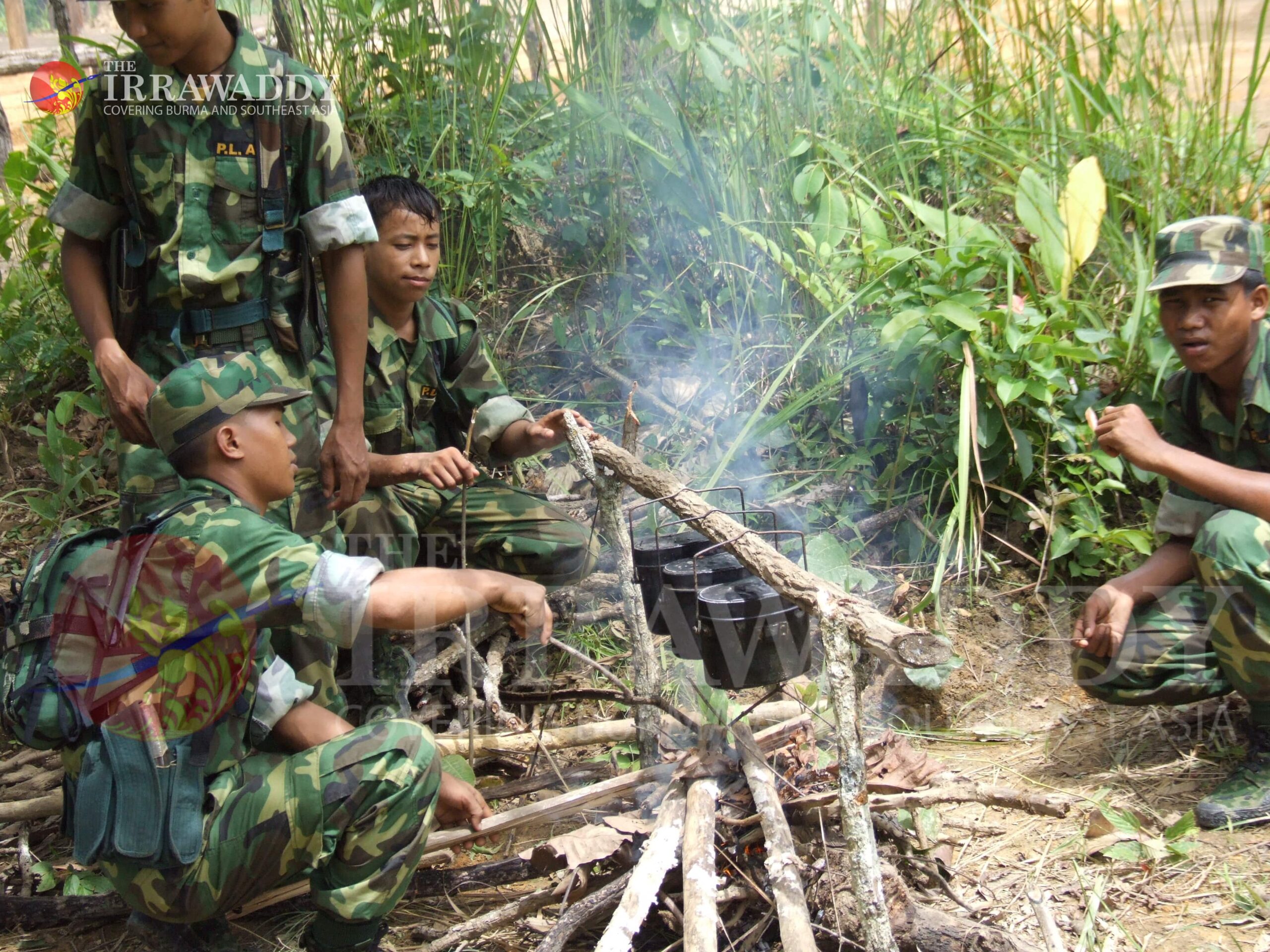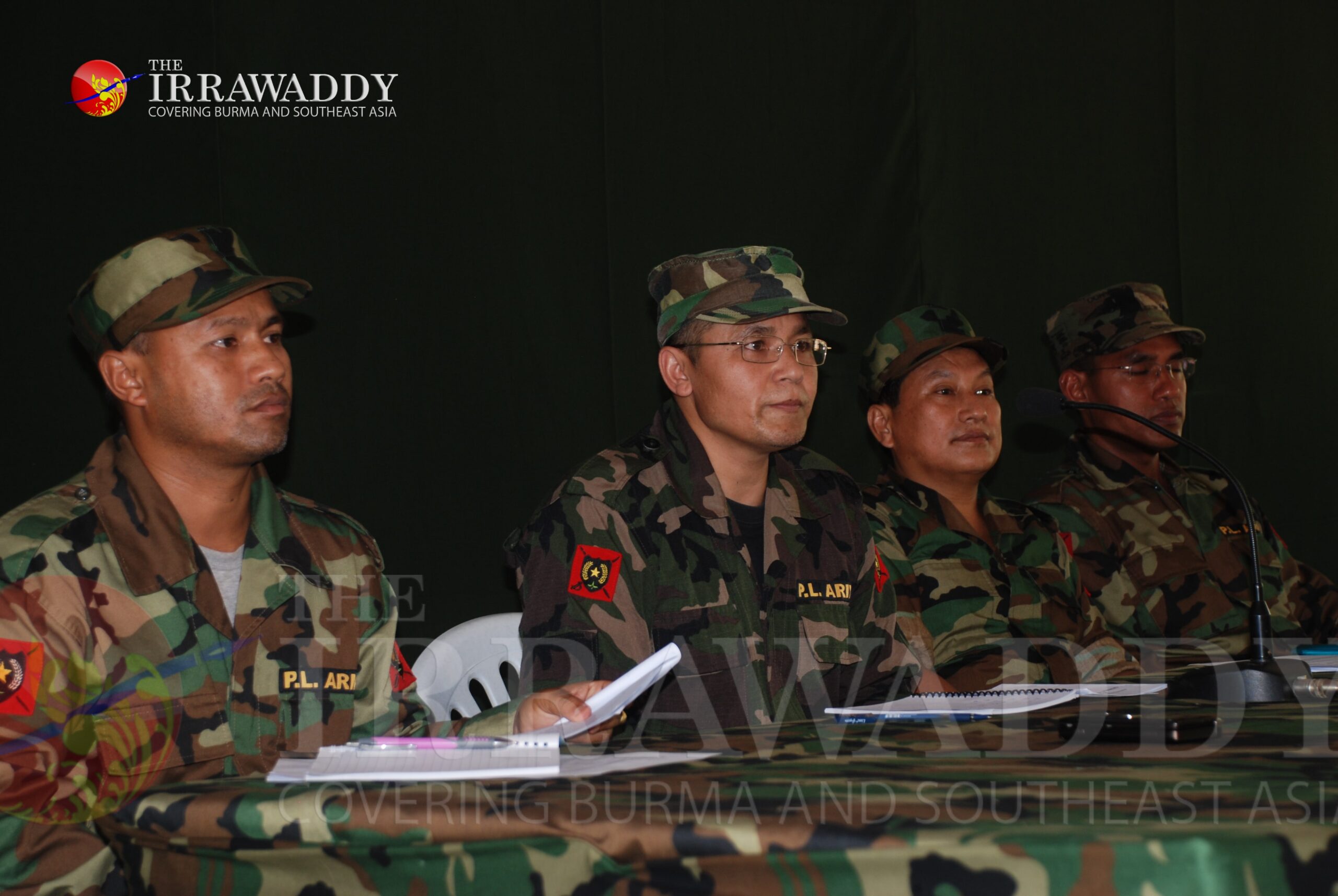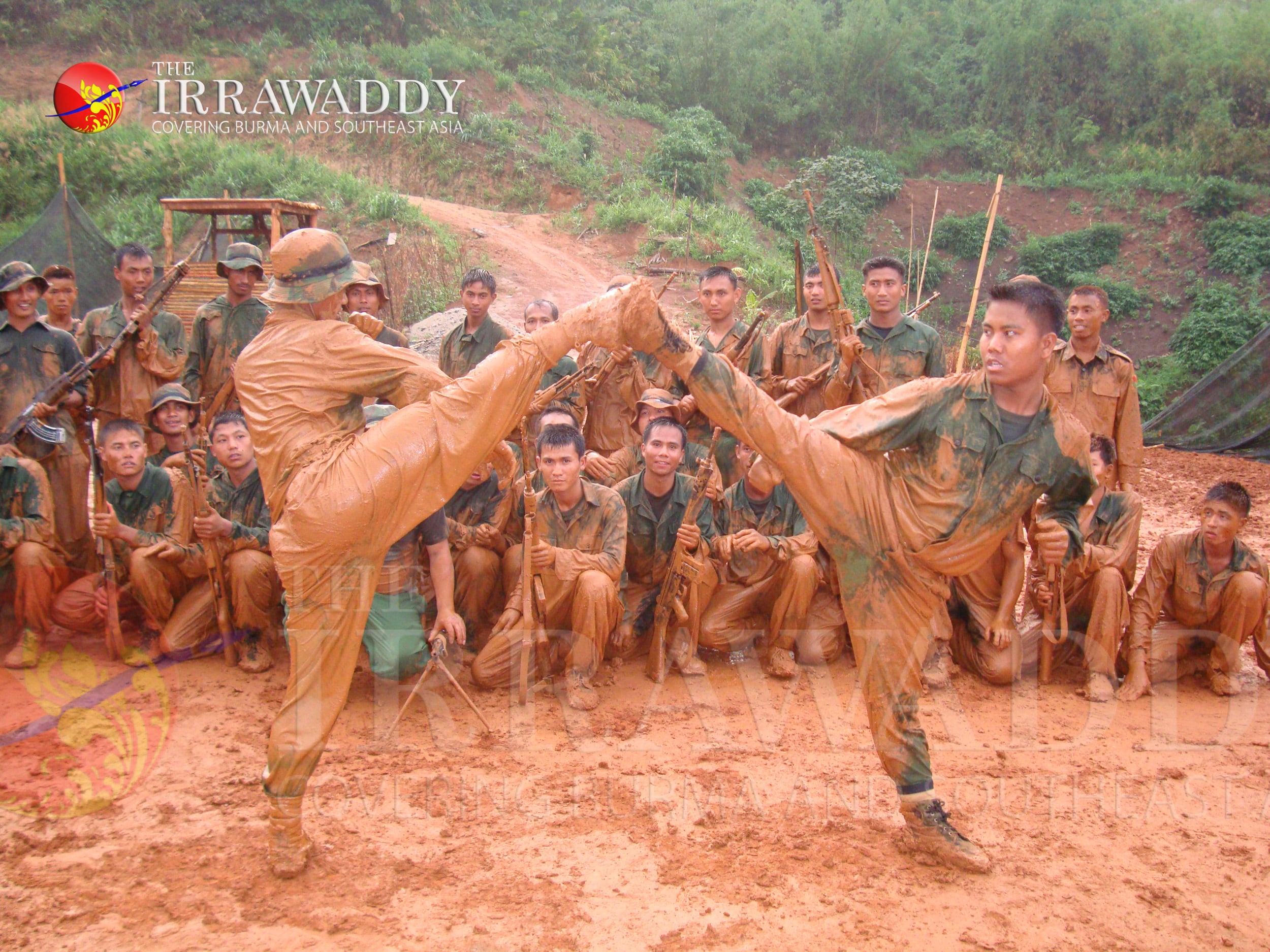The People’s Liberation Army (PLA) in India’s northeast is in the news again for orchestrating an ambush that killed seven people including a commanding officer of the Assam Rifles in the state of Manipur, which borders Myanmar.
The PLA and a lesser-known outfit called the Manipur Naga People’s Front (MNPF) claimed responsibility for the attack, which also left six personnel of the paramilitary organization injured. The killer squad escaped to their camps in Myanmar soon after executing the operation, which is believed to have been meticulously planned over many days.
The PLA is among the half-a-dozen or so separatist insurgent groups in India’s northeast that continue to spurn the offer of talks with the government for a negotiated settlement. The PLA and its political wing, the Revolutionary People’s Front (RPF), are headed by Irengbam Bhorot as president and Manohar Mayum Pravin Sharma, alias Ngouba, as vice president.
Its strength is estimated at around 2,000 cadres, making it the second-largest (some observers say it is now the largest) among the underground outfits active in the country’s northeast comprising eight states. The zone also borders China, Bhutan and Bangladesh.

India’s northeast has been reeling under an insurgency since the dawn of independence in 1947. Some of the rebel groups active across the region, such as the Naga National Council and Mizo National Front had already raised the banner of armed revolt demanding independence before the PLA was founded in Manipur in 1978.
Unlike the other outfits, however, the PLA chose to blaze a different trail by charting a new route in Myanmar. As early as 1979, it established contacts with the Kachin Independence Army (KIA) with a request for training its cadres, which was imparted to a group of close to 80 functionaries four years later. In return, the PLA volunteered to teach children at schools in Kachin and engaged in some other errands.
Journalist and writer Bertil Lintner is of the view that the KIA’s brief association with the PLA was “somewhat of a mystery” and sees a “distinct possibility” that the training module was set up at the behest of China. It may be mentioned that Beijing agreed not to assist rebels from India’s northeast following the visit of the country’s External Affairs Minister Atal Bihari Vajpayee to Beijing in 1979. Moreover, after Mao Zedong’s demise, the policy of supporting revolutionary groups in other countries was being abandoned by China.

In 1986, the PLA’s trained batch returned from Kachin and pitched their tents in the Naga-inhabited zone in Sagaing Region under the control of the National Socialist Council of Nagaland (NSCN). However, a dozen-odd functionaries under Temba Singh decided to get attached to the Communist Party of Burma, which was also engaged in conflict against the military junta then ruling Myanmar.
Since the early 1990s, the PLA’s presence in Myanmar has expanded beyond the Naga-inhabited areas in north Sagaing Region. Like some other rebel outfits from Manipur, the PLA’s camps, training facilities and investments are scattered throughout the country—especially in the region contiguous to Manipur—and exist through a tacit understanding with some sections of the Tatmadaw (Myanmar’s military).
In 2011, the PLA played a key role in stitching together an alliance of seven rebel groups from Manipur called the Coordination Committee (Cor Com). All these groups had established camps at Taga in the Hukwang Valley, which this correspondent visited in 2011-12. A plan was reportedly firmed up to form a government-in-exile, which has not materialized so far.

The rebel facilities in the Naga-inhabited zone suffered a jolt following the 2017 death of SS Khaplang, the chairperson of the Khaplang faction of the NSCN (NSCN-K), which sowed the seeds of dissension in the organization. Some leaders in the outfit hailing from Nagaland in India’s northeast departed from Myanmar and offered support to the ongoing peace process in the state, which had begun in 1997.
All the camps were still intact despite the turmoil in the NSCN-K till 2019, when the Tatmadaw launched Operation Sunrise after reaching an understanding with New Delhi that also entailed deployment of the Indian army at some locations along the border to prevent the entry of functionaries belonging to the Arakan Army into Mizoram.

All the major rebel establishments in the Naga-inhabited zone were dismantled. According to a former leader of the National Democratic Front of Boroland (NDFB) who was earlier stationed in Myanmar, at least five militants were killed during the operation and many were apprehended and jailed. The PLA and all the outfits from Manipur were compelled to head to the camps in the southern zone, while some other groups like the independent faction of the United Liberation Front of Asom (ULFA) and the NDFB shifted further north.
However, the coup in Myanmar last February seems to have altered the earlier equations between the Tatmadaw and these groups in Sagaing Region. According to media reports, some of these outfits are being utilized by the Tatmadaw against the Public Defense Forces (PDF) waging an armed campaign against the regime.
Recent reports also suggest that functionaries from the PLA and another outfit from Manipur, People’s Revolutionary Party of Kangleipak (PREPAK), have reestablished their presence in some places in the Naga-inhabited areas. Efforts are also on to set up a new general headquarters at a location not far from the border between the two countries. These developments coincide with reports that new recruits of ULFA have also landed at the camps in Myanmar.
Rajeev Bhattacharyya is a senior journalist in Assam, India.
You may also like these stories:
Myanmar Junta Losing Diplomatic Battles: NUG Foreign Minister
Myanmar President Reveals Details of his Arrest
International Cigarette Firm Ditches Military-Ruled Myanmar
















